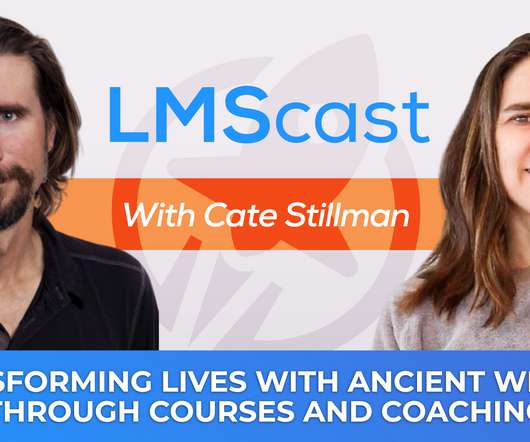4 Ways to Apply the Situated Learning Theory
Origin Learning
MARCH 31, 2015
Real learning happens only when it is contextual – meaning, when students can directly apply it in authentic activities, contexts and cultures. Situated learning environments place students in learning situations where they are actively immersed in an activity while using problem-solving (critical thinking) skills. Role Playing.




























Let's personalize your content